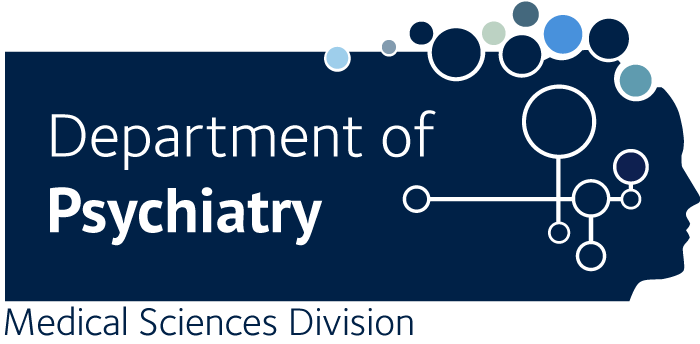Serotonin Receptors and Antidepressants: Neuroimaging Findings from Preclinical and Clinical Research
Handschuh PA., Konadu ME., Spurny-Dworak B., Silberbauer LR., Murgas M., Lanzenberger R.
Major depressive disorder is an affective disease associated with a high socioeconomic burden, social and physical impairment, as well as increased mortality rates worldwide. A multitude of in vivo neuroimaging studies has been published on alterations within neurotransmitter systems, substantiating the assumption that these changes are involved in the pathophysiology of major depression. In this context, especially alterations within the serotonergic system are known to play a central role, and the pharmacologic modulation of serotonergic neurotransmission is well accepted as one of the key elements in the treatment of depressive disorders. Throughout the last decades, special emphasis was placed on preclinical and clinical studies utilizing positron emission tomography, a nuclear imaging technique that uses radioligands to visualize certain target molecules such as neuroreceptors, transporters, as well as other proteins involved in serotonergic functioning. The chapter aims to provide a brief overview of the serotonergic neurotransmitter system, laying special emphasis on serotonin metabolism and the role of different receptors involved in serotonergic signaling pathways. In particular, we focus on the well-investigated and highly relevant inhibitory serotonin receptors 5-HT1A, 5-HT1B, and 5-HT1D. Besides, neuroimaging findings on the pharmacologically similarly important excitatory receptors 5-HT2A and 5-HT2C are outlined followed by a brief overview on other receptors implicated in depression: 5-HT4 and the 5-HT7. The principles of positron emission tomography are summarized, and well-established radiotracers for imaging the serotonergic system are presented. Due to the lack of highly selective radioligands, the possibilities for in vivo imaging of serotonergic neurotransmission in health and disease are somewhat limited. Notwithstanding, the most relevant findings of molecular neuroimaging studies in the context of major depressive disorder are reviewed, providing a comprehensive overview of how the availability and biodistribution of serotonergic targets might be altered in depression. For a better understanding of how pathophysiological changes are addressed in a clinical context, we outline the mechanism of action of antidepressants targeting the serotonergic system.

